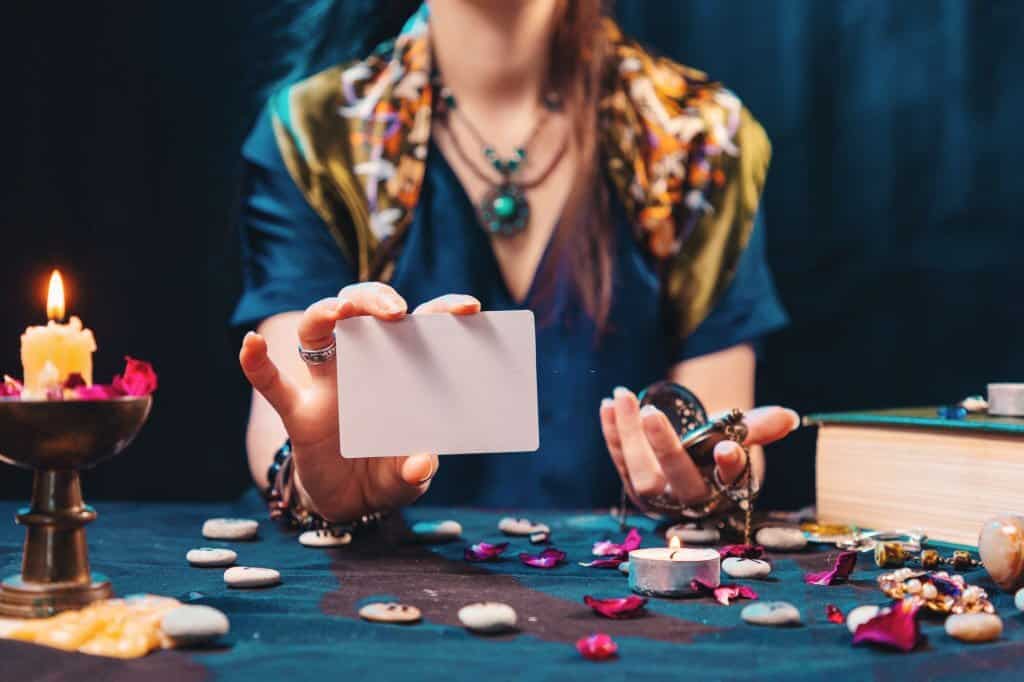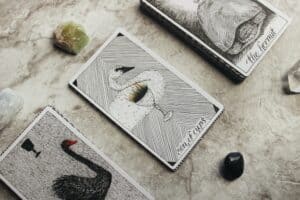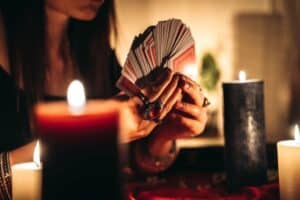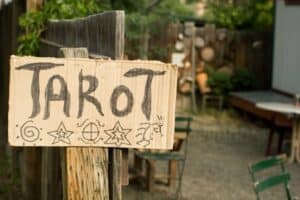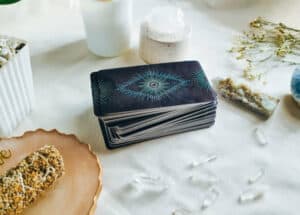How to Use Tarot Cards
If you want to learn how to use tarot cards, it is important to practice by using simple spreads. The simplest ones include the three card spread, and you should stick to them for beginners. If you want to increase your confidence, you should try using more complex spreads. In this article, we’ll discuss how to draw the cards, identify the narrative pattern on tarot cards, and choose the right tarot spread for your situation.
Draw down tarot Deck
You can learn to draw down tarot deck by asking questions, or by following the guidance of a tarot card reader. Draw down the cards by making a line, curve, or circle. Once you’ve chosen a direction, turn the deck over. Then, place three cards on the left hand. The left hand represents your past. You’ll see what each of the three cards means in the next few minutes.
When reading tarot, you’ll first want to look at the cards in the Circle/Cross section of the spread. The cards in this position are symbolic of your current situation. They’ll paint a picture of the issues that are affecting you, and will indicate what you need to do to move forward. You’ll also want to know what these cards signify about your situation, and how they relate to other cards.
Reversed Tarot Reading
You can use reversed tarot cards, too. Tarot cards that have been turned around 180 degrees have different meanings than their upright counterparts. The meaning of a reversed card must be interpreted by turning the cards over. It’s important to know what the opposite direction of a tarot card is before you flip it. There’s a general rule of thumb: the reversed card will have a different meaning than the upright version.
The next step in reading tarot is to visualize the images that you’re looking at. Then, you should look at the cards’ energy field and decide how many to draw. Remember to pay close attention to the most beautiful part of each card. After you’ve finished this, be quiet, and trust your intuition. Once you’ve got the right cards, you’ll be able to interpret their meanings.
Identify narrative pattern in tarot cards
If you want to get a better understanding of the meaning of the tarot cards, you’ll first need to understand the structure of the deck. Tarot cards are interrelated blocks, and they are arranged in a pattern that makes them optimal for traversing a narrative. The highest betweenness centrality cards are the Empress, Moon, Emperor, and Star. These cards will show up in a narrative more often than the others.
Once you’ve figured out the pattern, you can read the tarot cards for clues. Tarot cards are designed to tell stories, and the different cards mirror one another in interesting ways. They can also pick up narrative threads and continue them. You can see this in your reading by identifying the pattern in the cards and asking yourself questions to understand their meaning. Here are some tips to help you interpret the tarot cards:
Reveal the Secret Book
The tarot cards are a kind of secret book, or a magical book. Egyptian mysticism is linked to many of its images, and the tarot cards can be used as a tool to interpret the meaning of a situation. One of the ways to learn about a tarot deck is by studying its historical background. The ancient Egyptians had a book called the Book of Thoth, which contained stories and symbols. Identifying the trumps can help you better understand the story that each card tells.
The tarot cards are connected in a small structure that links separate communities. The different communities are linked together in a way that links them to each other. When a story is told in the tarot, it is often important to follow this pattern. By understanding the narrative structure of the tarot, you’ll learn how to interpret the story behind the cards and how to interpret it.
Asking questions
There are some rules to remember when asking questions with tarot cards. First, you have to be specific with your questions. You should not ask general questions or repeat your previous questions. You should also be specific enough to follow up on the answers you receive. And, lastly, never ask questions you don’t really want answered. The goal of a tarot reading is to help you find the answers to your questions.
Ask Specific Questions
In order to get the best possible answers to your questions, you need to be specific and ask good questions. If you ask the wrong question, you won’t get the results you want. You can also ask questions that are broad, but specific to the situation at hand. A good question should help you to pinpoint the answer to your question and get a detailed answer. Then, you can use the guidance of your tarot cards to make changes in your life.
Write Down your Question
The first thing you need to do is to write down your question. A yes-no question can be helpful in situations where you have a difficult time interpreting the situation. A yes-no question is more accurate if it includes a more detailed explanation. And if you’re trying to ask a question about love, you should ask a yes-or-no question. You should keep in mind that open-ended questions require more in-depth responses.
In addition to asking good questions, it’s also important to make sure your questions are empowering. Readings can be challenging, but when you ask questions carefully, you’ll end up with useful answers. And remember, the right questions will lead to better relationships. You’ll be able to gain insight into the issues that are important to you. And with Tarot, you’ll feel more empowered to make better decisions in your life.
Choosing a tarot spread
When deciding to conduct a tarot reading, you need to know how to choose a tarot spread. Fortunately, there are a lot of different card spreads available, and it’s important to choose one that fits the question you want answered. The first thing to consider is how detailed you want your reading to be. Generally, if you’re not sure how much detail to include in your reading, you can choose one of the simpler ones.
Popular Spreads
The most popular tarot spreads are the Rider-Waite, the Thoth, the Minor Arcana, and the Major Arcana. Each of these spreads offers different interpretations of each card, and you can choose the one that’s most suitable for you. However, the tarot card spreads are best for answering general questions, such as love, luck, or relationships. For in-depth interpretations, you need to know the meanings of each card and the spread itself.
What is in A Tarot Deck (Major Arcana cards and Minor Arcana Cards)
The tarot deck contains 78 cards, of which 22 are Major Arcana. The Major Arcana represents the path of spiritual self-awareness, and the stages that you may take along the way. These cards are a reflection of your experiences and provide profound insight from the collective unconscious. When you choose the right spread, you can be sure to receive a message that is unique to you and your situation.
Tarot Readings and the Minor Arcana
If you’re interested in a tarot decks, you’ll want to check out the Minor Arcana cards. These playing cards describe the physical and emotional aspects of the universe. They are the details that will help you interpret what’s happening around you in this lifetime. The Minor Arcana will help you use your creative resources and turn challenges into opportunities. Read on to learn more! We’ll be discussing each card’s meaning below.
The Minor Arcana has 56 cards, each representing a smaller theme in your life. They are divided into four suits, each consisting of fourteen cards, with the aces being the first in each suit. Then there are the cards two through ten, followed by four court cards. In astrology, each suit is associated with an element. The Minor Arcana is often divided into suit-cards and court cards, so it’s helpful to know how to interpret each card.
The Major Arcana focuses on long-term events and archetypal energy, while the Minors focus on day-to-day matters. Both types of cards can give you valuable insight into your present situation, your immediate environment, and your next steps. Using both types of cards together will help you gain a more holistic picture of your life. Then again, it’s not necessary to use both types of cards simultaneously. You can use the Major Arcana to get a broader perspective on the bigger picture, and the Minor Arcana cards to help you make the best choices.
The Eight of Swords, for example, represents stuckness and self-defeating behavior. The Nine of Swords, on the other hand, represents anxiety and depression. In addition, the Ten of Swords represents deep wounds and devastation. The Page of Swords, meanwhile, represents youthful energy. And remember, the Pentacles represent the earth element. They can represent our material world and our innermost thoughts.
Tower Tarot Card
Tower Tarot decks is very grim when it comes to Tarot spreads. It represents chaos, the demons of madness and despair, and collective, impersonal upheaval. The Tower Tarot card was originally designed to help educated clergy and nobles navigate the turbulent world of the Renaissance. But, as a modern day tool, it has evolved beyond its crystal ball and crushed velvet vibes to embrace its true meaning and transform into a cutting-edge path to a deeper connection with the Higher Self.
Interpreting tarot cards
Many people are interested in tarot decks or tarot readings, seeking answers to questions about life and spirituality. Some believe that the cards are guiding them magically. Others believe they can connect with a higher power. Whichever path you choose, the cards are a guide to your life. Here are some important tips to interpret your cards and improve your readings. But first, you need to know what they mean. A tarot card reading can be very valuable.
Suit of Swords
The suit of swords stands for truth, logic, ambition, and conflict. It is associated with the element of air. The implication of this suit is that it is a symbol of intellectual strength. It can be used for good or for evil. Remember, however, that a sword is a double-edged instrument that can cause great conflict. Using the sword correctly can help you avoid the consequences of either.
Seventy Eight Degrees of Wisdom
The seventy-eight degrees of wisdom is one of the landmark tarot books. It helped to kick-start the Tarot Renaissance. It contains two separate texts, each focusing on different aspects of the cards’ meanings. A reader can make sense of the tarot by using a combination of these two texts. There is even a mini-layout for each of the major arcana cards.
When interpreting tarot cards, it is crucial to remember that each card has its own reversal. While the Queen of Cups represents a supportive and motherly figure, she can also warn against oversensitivity, insecurity, and shallowness in personal relationships. The reversed Queen of Cups, on the other hand, represents a person who lacks empathy. They may be impulsive, or they may lack the emotional intelligence to handle the situation.

